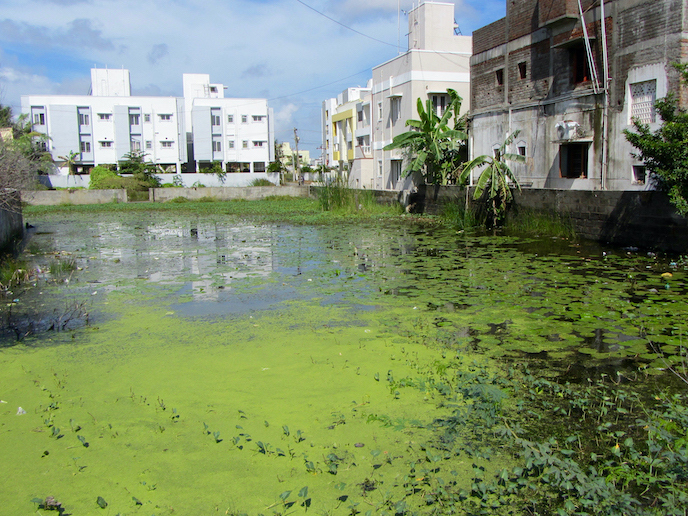Understanding how changing monsoon seasons impact urban development
Monsoons affect the lives of over one third of the world’s population. For example, in South Asia, everything from economics to politics and even culture is aligned with the monsoon season. “For much of South Asia, monsoon-related anxieties, uncertainties and rituals define the experience of everyday life,” says Lindsay Bremner(opens in new window), a professor at the University of Westminster(opens in new window). What does this mean in a time of climate change and rapid urbanisation? This is what the EU-funded MONASS project aims to find out.
A fragile future for urban survival
According to Bremner, the project’s principal investigator, extreme weather events, all attributed to the monsoon’s capricious nature, are happening with increasing frequency. This results in water shortages, power failures, floods, disease outbreaks, damage to property and loss of life. “In the past, such abrupt changes to monsoon cycles intersecting with societal practices have had devastating effects,” explains Bremner. “Our work is happening at a time when volatile monsoon climates converge with normative city planning and unplanned urban growth, producing fragile futures for urban survival.” To illustrate the issue, consider that today’s climate models suggest that South Asia’s summer monsoon season may see a 5 % increase in rainfall. These same models also suggest that the region will see greater variability within seasons and from year-to-year, with extreme precipitation events or weak monsoons occurring more often and with increased severity. According to the Intergovernmental Panel on Climate Change (IPCC)(opens in new window), this will have an irreversible effect on over 1.6 billion people living in India, slowing economic growth, affecting food security, and impacting health and development.
An interdisciplinary approach to research
It is within this context that the European Research Council(opens in new window) supported MONASS project is studying the relations between changing monsoon climates and rapid urban growth in three of South Asia’s largest cities: Chennai, Dhaka and Yangon. “By better understanding the multiple ways the monsoon is entangled in urban life, we aim to help build more resilient futures,” remarks Bremner. To do this, the team is taking an interdisciplinary approach to research – one that treats the monsoon not as an external threat but as an organising principle in urban life. The project is also assessing the potential impact of this approach on contemporary urban life, architecture, the environmental humanities, and urban planning and policy. “We look at the changing monsoon not as something to climate-proof against, but as something to co-design buildings, infrastructure, cities and territory with,” says Bremner. “This suggests a new paradigm that sees cities as fluid, thermodynamic, seasonally variable sites of contestation and negotiation between people, animals, plants, land, sea and air.”
Material energies
Although still a work in progress, the MONASS project has already produced a number of important results. These include publishing numerous papers and articles and hosting various events and lectures. Most recently, the project hosted an online exhibition called Monsoonal Multiplicities(opens in new window), which presented the project’s 5-year-long research engagement with the monsoon in Bangladesh, India, London and Myanmar. “Thanks to the work of this project, the interaction between the monsoon, the Earth, and human and non-human agency will become a resource for new approaches to design,” concludes Bremner. “As a result, design will no longer be seen as an exclusive capacity of human agency, but something shared with the material energies of the Earth system.”







